Can a cerebral infarction cause death?
Cerebral infarction is also known as cerebral infarction or cerebral infarction, acute cerebral infarction is highly dangerous, belongs to the cardiovascular and cerebrovascular diseases with high disability and mortality rate, and belongs to one kind of cerebral stroke in clinical.Data show that one person in our country has a stroke every 12 seconds, and one person dies of a stroke every 21 seconds.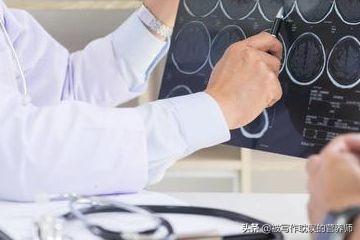
The Wuhan University People's Hospital report, published in Family Medicine in 2016, indicates that informationIt is shown that the mid-year incidence of stroke (cerebral stroke) in China is 120-180/100,000 people, with >2 million new cases per year and >1.5 million deaths per year.The risk of cerebral infarction as a type of stroke can be imagined. And cerebral infarction, a type of stroke, is as dangerous as you can imagine.
Cerebral infarction, belonging to ischemic stroke, refers to a class of syndromes in which the blood supply to the brain is impaired due to a variety of factors, and the corresponding neurological impairment occurs as a result of ischemia and hypoxic necrosis of local brain tissues.At the same time, after the onset of cerebral infarction, patients are prone to complicate a variety of diseases, such as lung infection, heart failure, multi-organ failure, etc., so that complications are also one of the important causes of cerebral infarction leading to death, and the more complications, the higher the mortality rate.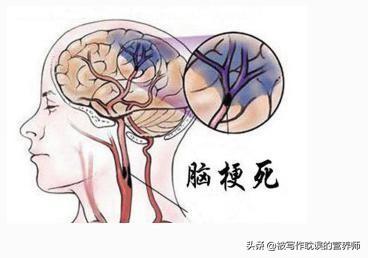
What are the risk factors for cerebral infarction?
- high blood pressure
- hyperlipidemia
- diabetes
- coronary heart disease
- atherosclerosis
- infarction
- Chronic smoking, heavy drinking, etc.
Sudden vertigo, frequent headaches, dizziness and ringing in the ears, blurred vision with blackness before the eyes, numbness and shaking of the legs and feet and fingertips and tongue, drooling and poor quality of sleep as well as inexplicable falls and so on.
Cerebral infarction disease must be emphasized on prevention.Daily life to control and avoid some easy to increase the risk of cerebral infarction of factors, especially hypertension patients, to control blood pressure, clinically most of the occurrence of cerebral infarction is due to high blood pressure.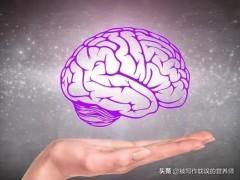
Dietary attention to light, low-fat, low-salt diet, while controlling the intake of high-sugar foods, eat more fresh fruits and vegetables as well as beans in moderation, in addition to a good mood, work and rest, exercise habits, etc. can help reduce the risk of cerebral infarction and other cardiovascular diseases.
Thanks for reading, I hope this helps.
A severe cerebral infarction is a sure way to die!!!!
Cerebral infarction is an ischemic brain disease. Due to atherosclerosis of cerebral arteries, the lumen of cerebral arteries becomes narrowed, and at the same time, due to a variety of factors, local thrombosis, resulting in cerebral tissue ischemia, hypoxia, necrosis, thus causing neurological dysfunction of a kind of cerebrovascular disease.
Common clinical chronic diseases-hyperlipidemia, hypertension, diabetes mellitus, obesity, etc.-are positively correlated with the occurrence of cerebral infarction.
So which populations are at high risk?
1. People with a family history of the chronic diseases mentioned above.
2. People with excessive blood viscosity.
3. Patients with atrial fibrillation.
4. Heavy smokers (10 or more cigarettes per day)
5. Patients with previous cerebral ischemia or angina pectoris.
Cerebral infarction is indeed quite dangerous, with high rates of disability and death. But excessive worry is not necessary! Because once diagnosed with chronic diseases such as hypertension, hyperlipidemia, diabetes, etc., it is imperative to correct wrong eating habits, reduce weight as prescribed by the doctor, and receive regular checkups and treatments at the hospital.
Particularly remind some of the elderly: do not believe in biased prescriptions, secret prescriptions, taking some unknown drugs! Generally speaking, although the above chronic diseases can not be cured, but according to the regular treatment methods, the condition will be controlled, not to develop to the point of cerebral infarction!
Dr. Tsang reminded that those patients with dietary preferences, excessive obesity with high blood cholesterol, high blood pressure, diabetes, gout, you can also look for a nutritionist, who can use nutritional therapy and exercise therapy to help you control your blood pressure, reduce your body weight, and control your blood glucose on the basis of ensuring balanced nutrition. Meanwhile the dreaded disease of cerebral infarction is nipped in the bud!
If you like my posts, please follow me by clicking on the little plus sign in the upper right corner!
Dr. Chang online: the dangers of cerebral infarction.
Can cerebral infarction lead to death? Cerebral infarction accounts for 70% to 80% of acute cerebrovascular diseases, and its mortality rate in the acute stage is 5% to 15%. Although the mortality rate is not frighteningly high, its disability rate is very high, which often leads to different degrees of neurological deficits, leaving sequelae.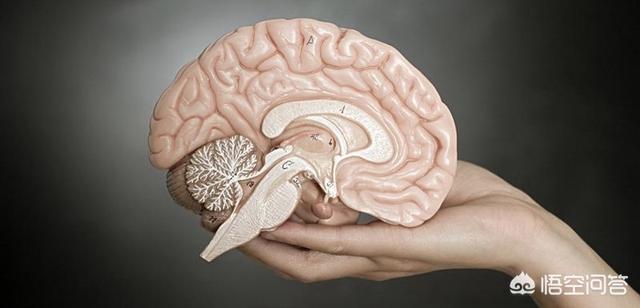
Cerebral infarction, categorized into cerebral thrombosis and cerebral embolism, the etiology of the two is different. Cerebral thrombosis is the result of atherosclerosis of cerebrovascular arteries, the formation of atherosclerotic plaques within the walls of the blood vessels, when the plaque rupture, it will rapidly form a thrombus, resulting in the blockage of blood vessels. These patients usually have underlying causes such as high blood lipids, high blood pressure, diabetes, heavy drinking, smoking, and staying up late.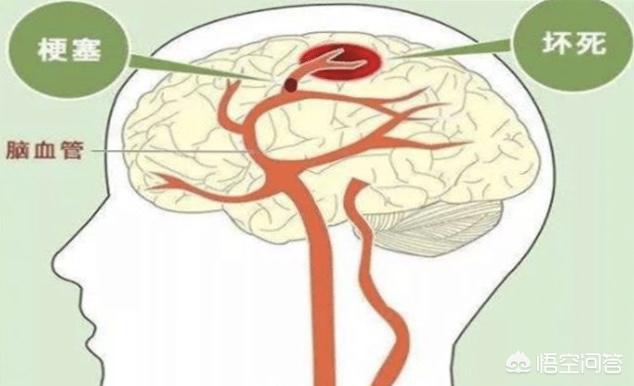
In addition, there is cerebral embolism, which refers to arterial emboli entering the cerebral blood vessels along with the blood, resulting in blockage of the blood vessels and the formation of cerebral infarction. Most of these patients have underlying diseases such as atrial fibrillation and heart valve disease, and anticoagulation therapy, is the top priority for these patients.
Cerebrovascular disease, a serious danger to people's health, easily lead to hemiplegia, limb movement, bringing a great burden to the family, the prevention of cerebral infarction, from the control of the underlying causes of the disease, pay attention to the three highs, scientific diet, regular rest and relaxation, quit bad habits, pay attention to the underlying diseases, in order to prevent cerebral infarction.
Dr. Zhang is online and welcomes your attention!
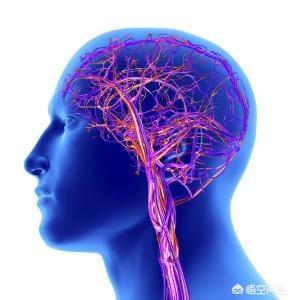 First of all, not a few people die of sudden cerebral infarction in their lives, so cerebral infarction is a disease that can cause death and disability.
First of all, not a few people die of sudden cerebral infarction in their lives, so cerebral infarction is a disease that can cause death and disability.
Secondly, cerebral infarction, as its name suggests, is a life-threatening disease in which the cerebral blood vessels are blocked, leading to ischemia and hypoxia of brain tissues, which result in necrosis and loss of function, thus preventing the physiological activities of the organism from proceeding normally.
Thirdly, the human brain is extremely rich in blood vessels, with relatively thick large blood vessels and relatively thin small blood vessels, which supply oxygen and nutrition to the brain, the center of life. The brain is divided into different functional areas, such as the respiratory center, motor center, sensory center and so on. Cerebrovascular blockage can occur in different parts of the brain, and the surrounding brain tissue is the first to be affected. For example, when the cerebral blood vessels around the brain motor center are blocked, in addition, the brain tissue is damaged or necrotic, commanding the whole body to lose its motor function, hemiplegia and loss of limb function will occur; if the respiratory center occurs, the respiratory function will be lost, and the person can't breathe, then his/her life will be over.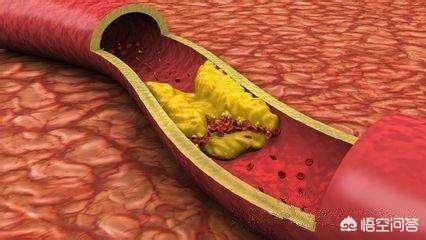
Therefore, cerebral infarction can lead to death. The pathological basis of cerebral infarction is the formation of cerebral atherosclerosis and plaque, and this kind of vascular pathological change is irreversible once it occurs, and on this basis, the lesion will continue to progress, and the atherosclerosis and plaque will continue to aggravate, which is why patients with cerebral infarction often suffer from second and third cerebral infarction and the consequences are aggravating and even life-threatening.
It can be seen that the prevention and treatment of cerebral infarction mainly lies in the treatment of atherosclerosis and plaque, aiming at stopping and slowing down the progress of the lesion, and at the same time preventing plaque rupture from causing thrombosis and avoiding the blockage of blood vessels. Commonly used methods are taking hypoglycemic drugs, lipid-lowering drugs, anticoagulants, such as statins, aspirin, etc., and need to be taken for a long period of time, and can not be stopped arbitrarily.
I hope this answer can help you, welcome to click on the attention and leave a message, together to learn and exchange more health knowledge.
Cerebral infarction not only leads to death, but it is also one of the diseases with a higher chance of death.
And unlike other diseases: even if patients are treated in time at the beginning of an acute attack, they still do not return to normal, and the vast majority of patients experience a range of functional losses and reduced quality of life, depending on the location and degree of tissue necrosis in the brain region.

Let's talk in numbers:
I remember reading a similar report before, around 2013, from the World Health Organization: brain infarction is the third most common fatal disease in the world, after coronary heart disease and cancer.
In China, cerebral infarction disability rate first, death rate second, new cases every year is about 2.8 million, death cases reached 1.8 million times, when China's cerebral infarction patients totaled more than 8 million people.
This figure means that every 21 seconds a person with a brain infarction dies, and every 12 seconds a healthy person suffers from a brain infarction, and this is only in 2013. Chronic diseases such as heart and brain infarcts have become more and more common in recent years, and their prevalence rate is increasing by 8% per year.
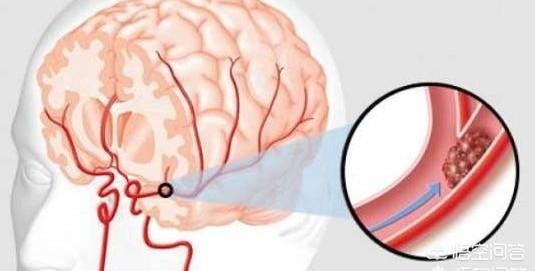
Why are there so many deaths from cerebral infarction?
1, high morbidity: the same proportion, the larger the base represents the greater the number of people, and the incidence of cerebral infarction patients is really too high, a large group of patients, resulting in a large number of deaths.
2, seizure crisis: cerebral infarction is the most fearful "sudden onset", due to the non-renewability of brain cells, patients if the sudden onset of the disease, no timely and effective rescue, rapid restoration of blood flow, death may be instant.
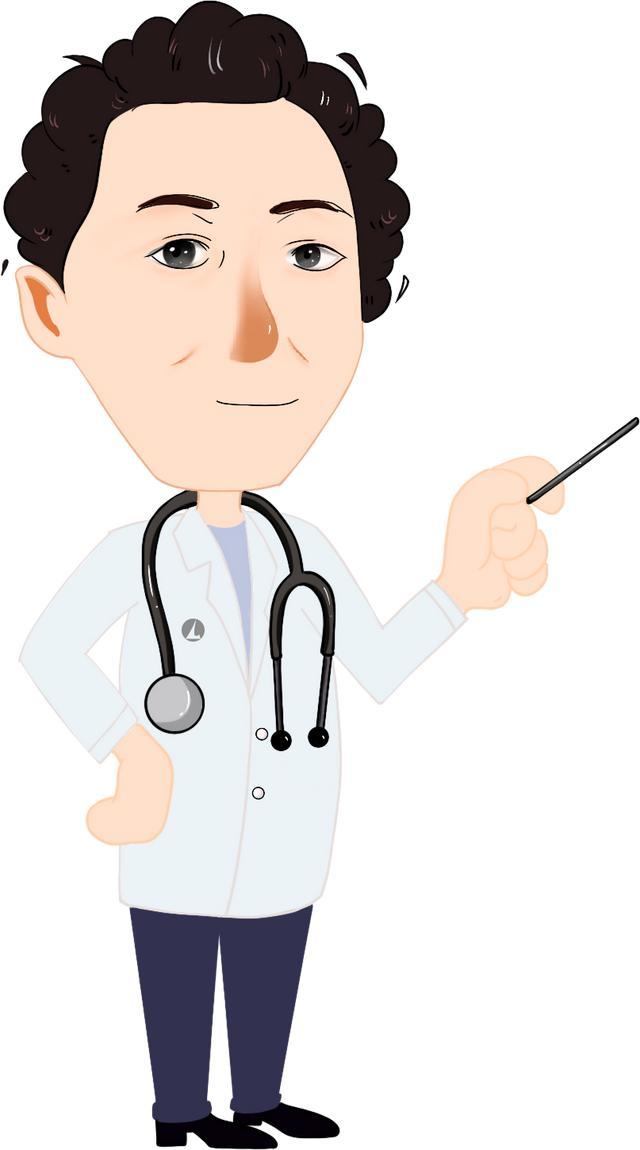
I hope my answer will help you!
If there's anything you don't understand, comment and private message me!
Stay tuned to Dr. Lee's Medical Science for more details on this:
ORIGINAL SCIENCE: Dr. Lee Teaches You How to Improve Stroke Recognition and Common Sense Pre-Hospital Emergency Management
If you are unfortunate enough to have a cerebral infarction or cerebral hemorrhage, this disease is not so terrible, if you die in the cerebral infarction or cerebral hemorrhage, forget it, the most horrible thing is that the aftermath of their sequelae, so that you do not die, you can not take care of their own lives, individuals have no dignity, the symptoms of the lightest, walking a limp, hand in the shape of a basket. If the symptoms are heavy, paralyzed in bed, life is completely unable to take care of themselves, to put it mildly, you do not even have the ability to commit suicide. The key point is that, unlike vegetative people, who completely lose their minds, you are thinking clearly.
Therefore, you should cherish your health now, develop good living habits, stop smoking and drinking, love sports, and be in good health. I don't know if this answer is to your liking?
Cerebral infarction can cause death in patients. It is an acute ischemic cerebrovascular disease with high rates of morbidity, mortality and disability. Patients who have a large cerebral infarction generally have a higher mortality rate. For example, in the case of large brainstem infarction, bulbar paralysis and quadriplegia may occur, which may lead to aspiration and aspiration pneumonia that may cause death. Patients are prone to symptoms of high cranial pressure, which in severe cases can lead to brain herniation, which may also cause death. Patients may also die from complications, such as massive cerebral infarction. Generally being bedridden for a long period of time, it is easy to cause deep vein thrombosis of the lower limbs, which can cause pulmonary embolism and may also cause the patient's death. Patients may have concurrent urinary tract infections as well as lung infections and decubitus ulcer infections, and repeated infections may cause sepsis, which may also cause patient death.
Cerebral infarction can directly lead to death, this is and the size of the area of cerebral infarction, and the infarction of the site is related to the large cerebral infarction, because he may block one side of the tissue, so the hemisphere of the infarction, in the case of high cranial pressure, it will directly have the possibility of causing, some of the life center of the brain stem of some of the pressure. This can lead to death, and then there is, for example, a direct infarction of the brainstem. A large infarction, which damages our vital centers, can also lead to death, but the most common cause of death from cerebral infarction is complications.
Cerebral infarction is a common disease with a high mortality rate, and the cause of death from cerebral infarction varies from patient to patient:
1. Large cerebral infarction in the cerebral hemisphere: it can cause cerebral edema, which is called cerebral hernia when it compresses normal brain tissues after cerebral edema. If the brain hernia affects the brainstem and respiratory and circulatory centers, it can directly lead to the death of the patient;
2、Brain stem infarction: If the infarction area is large, it directly affects the life center and can point to the respiratory and circulatory center, leading to the death of the patient;
3. For cerebral infarction, the most common cause of death is complication, because after cerebral infarction, many patients are paralyzed in bed, and different complications will arise when they stay in bed for a long time. The most common complication is lung infection. When patients are paralyzed in bed for a long time, it is very difficult for them to excrete sputum, and it is easy for them to choke and cough when they eat, which causes lung infection and sputum cannot be discharged, and lung infection is the most common cause of death of cerebral infarction. There are other complications, such as heart damage after cerebral infarction, called cerebro-cardiac syndrome, and heart damage can cause sudden cardiac death. Long-term bed rest, poor nutrition and electrolyte disorders can also cause death, including lower extremity venous thrombosis, decubitus ulcers and urinary tract infections.
Even the survival of human cells is predicated on blood oxygen supply and metabolism.
The brain, roughly divided into about 50 different functional areas, directs and manages various activities of the body, some of which can be directly life-threatening, such as the respiratory center, the heartbeat and vasoconstriction center, and the coma and awakening center in the reticular formation.
So, cerebral infarction can lead directly to death. Resuscitation in Western medicine is to get rid of the blood vessel infarction or stasis (in case of cerebral hemorrhage).
Stroke resuscitation does not directly treat stroke paralysis. It is inappropriate to refer to it as "post-stroke syndrome". The paralysis left behind by a stroke is precisely "paralysis with atrophy of the nervous system", which is caused by ischemia or stagnation of blood during the stroke. In the past, paralysis was ischemia or stasis suffocation, but now it is atrophy of the nervous system, and the means of dealing with it should be completely different.
Just as farmers know when to use pesticides and when to use fertilizers. For post-stroke paralysis, "fertilizer, not pesticide" should be used. Fertilizer" in the brain is very special, it enters the blood vessels first, and then the heart pushes it to flow around the body, while the central nervous system and peripheral nerves have a triple barrier to select the blood carefully. Therefore, the method of adding a "heart" to the central nervous system, i.e., the special introduction of blood to the central nervous system to gather blood, to restore the central nervous system is both fast and stable.
Paralysis after a stroke is something that can be largely cured, but not for too long.
There must be some financial ability to pay for expenses and to find money to return to the society after early recovery, which is a financial account that must be calculated by people who have suffered from stroke and paralysis.
This question and answer are from the site users, does not represent the position of the site, such as infringement, please contact the administrator to delete.